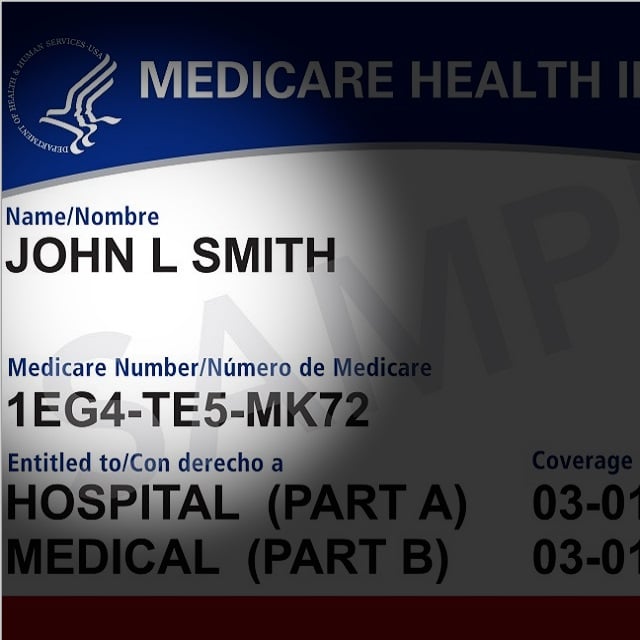
Moderate-Income Uninsured Market Is Booming: CDC Data
The number of uninsured, moderate-income U.S. adults may increased about 25% in 2017, to about 25 million.
The United States has about 198 million adults in households with an annual income from 250% to 400% of the federal poverty level (FPL), and the uninsured rate for those people increased to 12.6%, from 10.1% in 2016, according to the U.S. Centers for Disease Control and Prevention (CDC).
(Related: Middle-Income Consumers Drop Private Coverage)
The National Center for Health Statistics has published data on insured rates and uninsured rates for many groups of people in a new summary of National Health Interview Survey results.
A full copy of the report is available here.
Because the report is a federal government document, the information in the report is in the public domain. Agents and brokers can use the data in their own reports, articles, infographics and social media posts without fear of copyright restrictions.
FPL Math
The Affordable Care Act subsidy programs provide rich subsidies for states that chose to take Medicaid expansion program money, and for individuals with household income from 100% to 250% of the FPL who buy private coverage through an ACA public exchange.
In most of the United States, the official 2017 FPL cut-off was $12,060 for a one-person household.
For a one-person household, $30,150 was 250% of the FPL, and $48,240 was 400% of the FPL.
For a four-person household, $61,500 was 250% of the FPL, and $98,400 was 400% of the FPL.
The new CDC survey results suggest that many adults with annual household income as high as $98,400 may be in the market for products such as short-term health insurance, hospital indemnity insurance, and other products that could serve as a substitute for major medical coverage.
More Data
The survey team found that the overall U.S. uninsured rate for all people under age 65 increased to 10.7% in 2017, from 10.4% in 2016.
The percentage of people under 65 with coverage from public programs fell to 25.3%, from 26.3%.
The percentage with private major medical coverage increased to 65.4%, from 65%.
For more bits of survey data, see the data card gallery above this article.
— Related, on ThinkAdvisor:
- More People Under 65 Have HSAs: CDC
- Uninsured Rate Soars for the Moderately Broke : CDC
- CDC: Medical Bills Still Haunt Hear-Poor Consumers
© 2025 ALM Global, LLC, All Rights Reserved. Request academic re-use from www.copyright.com. All other uses, submit a request to [email protected]. For more information visit Asset & Logo Licensing.
Featured Resources
View All
Sponsored by Commonwealth Financial Network
The Advisor's Guide to Philanthropic Giving for High-Net-Worth Clients








